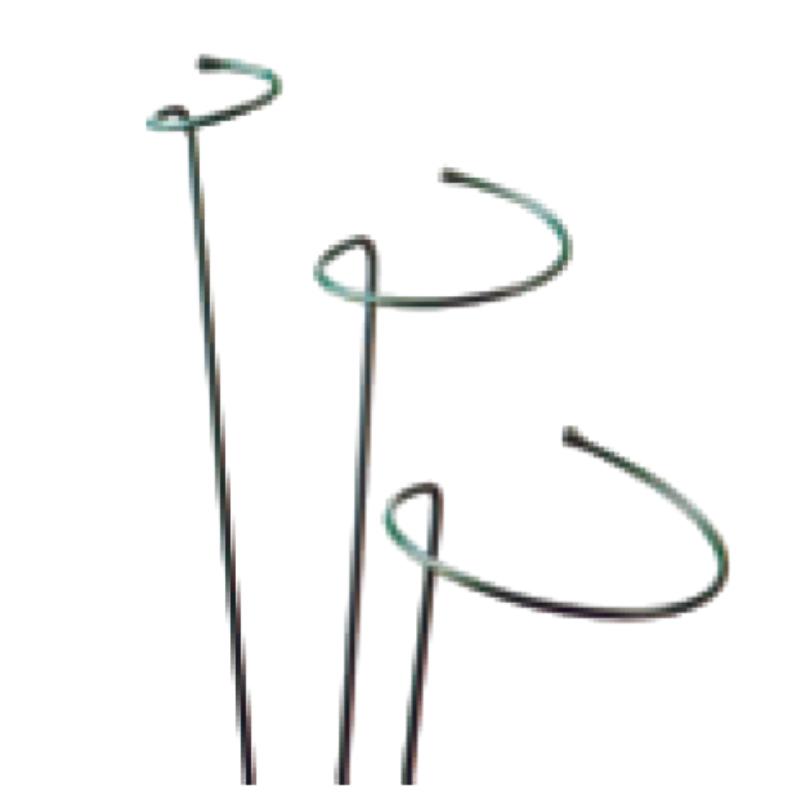-
E-post:zhao@hyliec.cn
-
Tel:+86 311 85273988
-
WhatsAPP:8613931128750
-
 afrikanska
afrikanska -
 albanska
albanska -
 amhariska
amhariska -
 arabiska
arabiska -
 armeniska
armeniska -
 azerbajdzjanska
azerbajdzjanska -
 baskiska
baskiska -
 vitryska
vitryska -
 bengaliska
bengaliska -
 bosniska
bosniska -
 bulgariska
bulgariska -
 katalanska
katalanska -
 Cebuano
Cebuano -
 korsikanska
korsikanska -
 Kroatisk
Kroatisk -
 tjeckiska
tjeckiska -
 danska
danska -
 holländska
holländska -
 engelsk
engelsk -
 esperanto
esperanto -
 estniska
estniska -
 finska
finska -
 franska
franska -
 frisiska
frisiska -
 galiciska
galiciska -
 georgiska
georgiska -
 tysk
tysk -
 grekisk
grekisk -
 Gujarati
Gujarati -
 haitisk kreol
haitisk kreol -
 hausa
hausa -
 hawaiian
hawaiian -
 hebreiska
hebreiska -
 Nej
Nej -
 Miao
Miao -
 Ungerska
Ungerska -
 isländska
isländska -
 igbo
igbo -
 indonesiska
indonesiska -
 irländsk
irländsk -
 italienska
italienska -
 japanska
japanska -
 javanesiska
javanesiska -
 Kannada
Kannada -
 kazakiska
kazakiska -
 Khmer
Khmer -
 rwandiska
rwandiska -
 koreanska
koreanska -
 kurdiska
kurdiska -
 kirgiziska
kirgiziska -
 TB
TB -
 latin
latin -
 lettiska
lettiska -
 litauiska
litauiska -
 Luxemburgiska
Luxemburgiska -
 makedonska
makedonska -
 Malgashi
Malgashi -
 malajiska
malajiska -
 Malayalam
Malayalam -
 maltesiska
maltesiska -
 Maori
Maori -
 Marathi
Marathi -
 mongoliska
mongoliska -
 Myanmar
Myanmar -
 nepalesiska
nepalesiska -
 norska
norska -
 norska
norska -
 occitanska
occitanska -
 Pashto
Pashto -
 persiska
persiska -
 putsa
putsa -
 portugisiska
portugisiska -
 Punjabi
Punjabi -
 rumänska
rumänska -
 ryska
ryska -
 Samoan
Samoan -
 skotsk gaeliska
skotsk gaeliska -
 serbiska
serbiska -
 engelsk
engelsk -
 Shona
Shona -
 Sindhi
Sindhi -
 singalesiska
singalesiska -
 slovakiska
slovakiska -
 slovenska
slovenska -
 somaliska
somaliska -
 spanska
spanska -
 Sundanesiska
Sundanesiska -
 Swahili
Swahili -
 svenska
svenska -
 Tagalog
Tagalog -
 tadzjikiska
tadzjikiska -
 Tamil
Tamil -
 tatariska
tatariska -
 Telugu
Telugu -
 Thai
Thai -
 turkiska
turkiska -
 turkmeniska
turkmeniska -
 ukrainska
ukrainska -
 Urdu
Urdu -
 Uigur
Uigur -
 uzbekiska
uzbekiska -
 vietnamesiska
vietnamesiska -
 walesiska
walesiska -
 Hjälp
Hjälp -
 jiddisch
jiddisch -
 Yoruba
Yoruba -
 Zulu
Zulu
Metal Plant Supports
What Is The Support Structure Of A Plant?
The support structure of a plant refers to the system of tissues and organs that provide stability and enable the plant to maintain an upright position. This support structure includes several key components:
1. Cell walls: The rigid cell walls of plant cells provide structural support, especially in non-woody plants. The cell walls help maintain the shape and rigidity of the plant's cells, contributing to its overall structure.
2. Stems: Stems play a crucial role in supporting the plant and providing a framework for the attachment of leaves, flowers, and reproductive structures. The stems also facilitate the transport of water, nutrients, and sugars throughout the plant.
3. Roots: The root system anchors the plant in the soil, providing stability and support. Additionally, roots absorb water and nutrients from the soil, contributing to the overall health and growth of the plant.
4. Vascular tissues: Xylem and phloem are specialized tissues that form the plant's vascular system. Xylem transports water and minerals from the roots to the rest of the plant, while phloem transports sugars and other organic compounds to various parts of the plant.
5. Specialized structures: Some plants have specialized support structures, such as tendrils, thorns, or aerial roots, which aid in climbing, attachment, or additional support.
The combination of these structural elements allows plants to maintain their shape, withstand environmental forces, and support essential physiological processes.
Iron Plant Supports Faq
What are the benefits of using iron plant supports?
Iron plant supports offer durability and strength, making them suitable for providing robust support for heavy or sprawling plants. They can withstand the weight of mature plants and help maintain their shape and structure.
What types of plants are best supported by iron plant supports?
Iron plant supports are well-suited for providing support to a wide range of plants, including peonies, roses, delphiniums, and other tall or heavy-flowering perennials. They can also be used for supporting climbing plants such as clematis or sweet peas.
How should iron plant supports be installed?
Iron plant supports should be installed firmly in the ground to ensure stability. When supporting individual plants, place the support structure around the plant early in the growing season, allowing the plant to grow into and around the support naturally.
Are there different styles and designs of iron plant supports available?
Yes, iron plant supports come in various styles and designs, including hoop supports, grid supports, and individual stakes. These different designs cater to the specific needs of different types of plants and can provide effective support while enhancing the visual appeal of the garden.
How can iron plant supports be maintained?
To maintain iron plant supports, periodically inspect them for signs of rust or corrosion, especially if they are exposed to the elements. If rust is present, it can be removed using a wire brush, and the supports can be treated with a rust-resistant coating or paint to prolong their lifespan.






